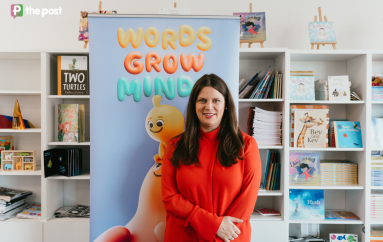Australian electricity can be emissions-free by 2050: report
Australia’s electricity generation could be emissions-free by 2050 but a carbon price would be needed to achieve that outcome, a report has found.

Powerlines near Murray Bridge. Photo: Tony Lewis/InDaily
But a pricing scheme has already been rejected by Energy Minister Josh Frydenberg even before the CSIRO and Energy Networks Australia report is officially released today.
“We’ve made it very clear we won’t be taking up an emissions intensity scheme,” Energy Minister Josh Frydenberg told ABC radio from Washington, where he is meeting his US counterparts.
The Electricity Network Transformation Roadmap, produced over two years, finds that by 2030 about 40 per cent of Victoria’s and Western Australia’s energy could be generated by intermittent renewables, as is the case now in South Australia.
But the eastern states could need to build as many as five intermittent renewable generation projects each year for five years in the 2030s and 2040s as coal-fired generators shut down.
By 2022, an emissions intensity scheme as part of a national plan should be implemented, with scope for an economy-wide carbon price to be reviewed in the following five years.
Energy Networks Australia chief executive John Bradley says such a scheme would send the signals needed to drive a shift to reliable, low-cost and low-carbon energy.
“The carbon price and the certainty around carbon policy is certainly one of the things that has been identified in this process,” he told ABC radio.
“If we have stable and enduring carbon policy, which doesn’t change at every election cycle, then we will see a lower cost of investment.”
The report finds such a plan could save energy customers $100 billion by 2050, with $414 annual savings in average household electricity bills.
The report forecasts up to 10 million households and customers will have “distributed” energy resources like solar panels, storage, smart homes and electric vehicles by 2050.
But it recommends more efficient network charges be implemented sooner to ensure a medium size family who cannot take up solar and storage is $350 a year better off in 2027.
– AAP




